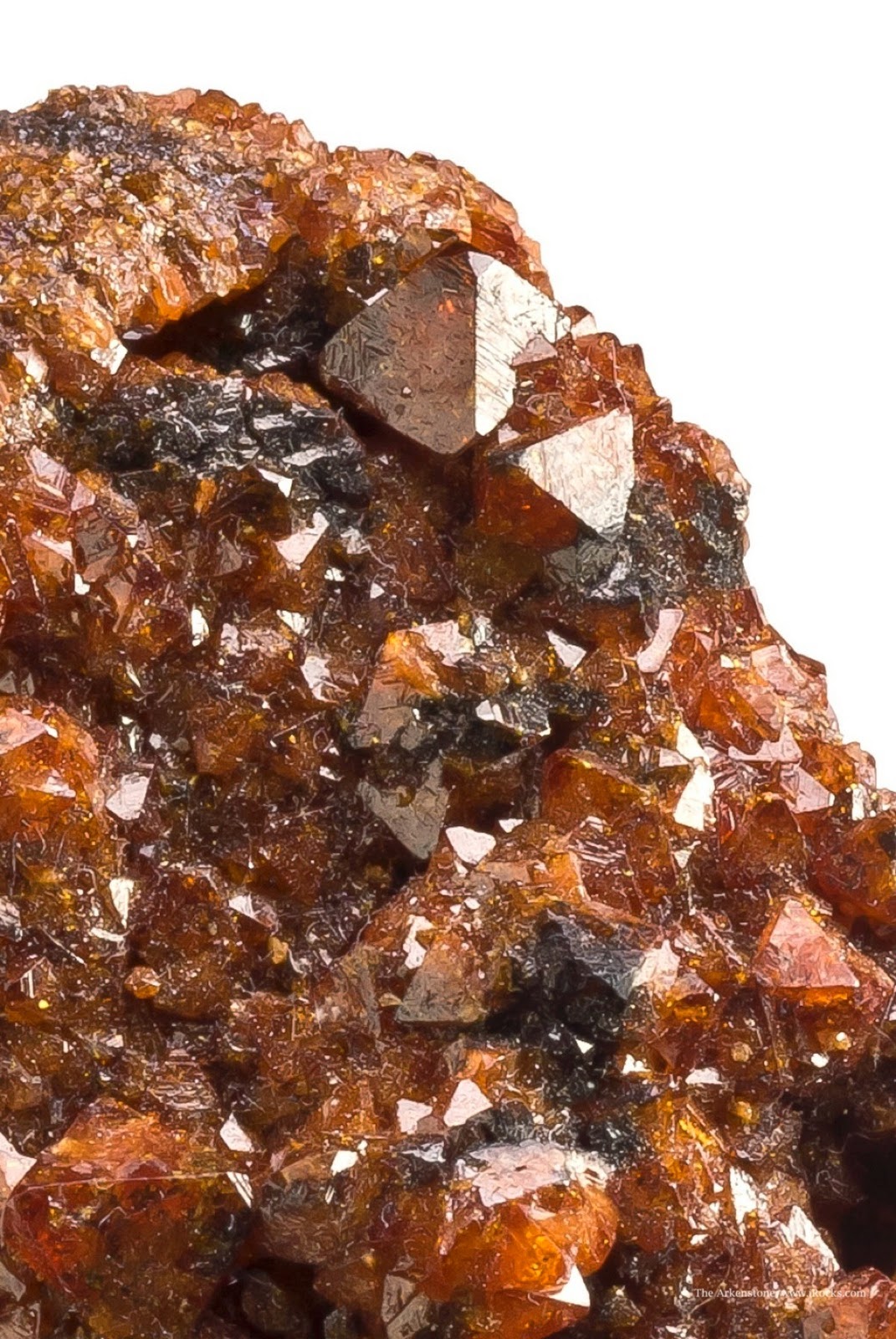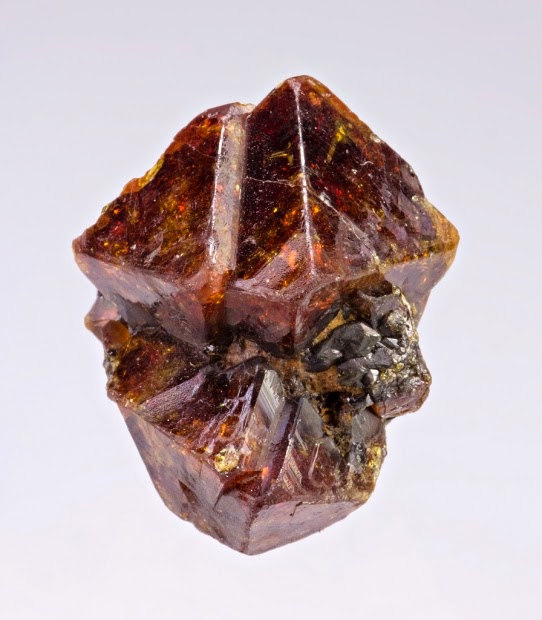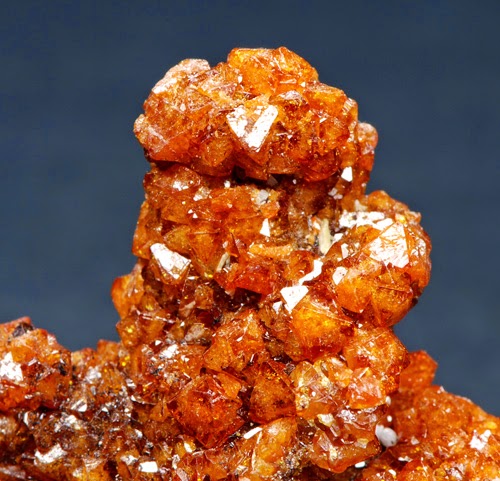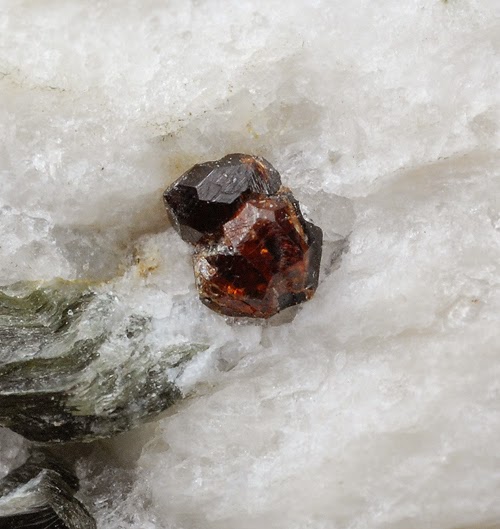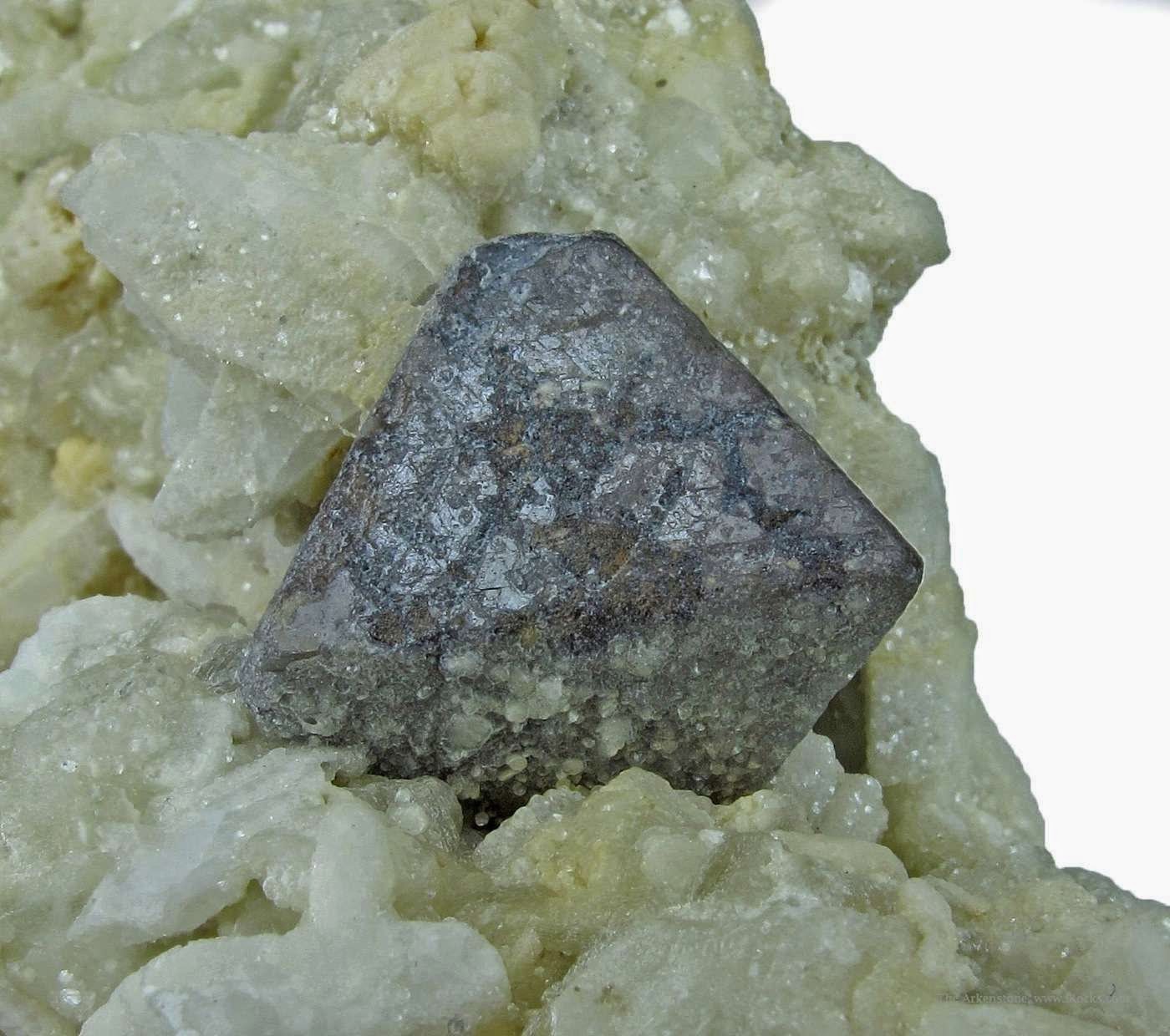
Chemical Formula: (Na,Ca)2Ta2O6(O,OH,F)
Locality: Isalnd of Uto, State of Stockholm, Sweden.
Name Origin: From the Greek mikros – “small” and lithos – “stone.”
Microlite is a pale-yellow, reddish-brown, or black isometric mineral composed of sodium calcium tantalum oxide with a small amount of fluorine (Na,Ca)2Ta2O6(O,OH,F) . Microlite is a mineral in the pyrochlore group that occurs in pegmatites and constitutes an ore of tantalum. It has a Mohs hardness of 5.5 and a variable specific gravity of 4.2 to 6.4. It occurs as disseminated microscopic subtranslucent to opaque octahedral crystals with a refractive index of 2.0 to 2.2. Microlite is also called djalmaite.
Microlite occurs as a primary mineral in lithium-bearing granite pegmatites, and in miarolitic cavities in granites. Association minerals include: albite, lepidolite, topaz, beryl, tourmaline, spessartine, tantalite and fluorite.
Microlite was first described in 1835 for an occurrence on the Island of Uto, State of Stockholm, Sweden. A type locality is the Clark Ledges pegmatite, Chesterfield, Hampshire County, Massachusetts. The name is from Greek mikros for “small” and lithos for “stone.”
History
Discovery date : 1835
Town of Origin: CHESTERFIELD, HAMPSHIRE CO., MASSACHUSETTS
Country of Origin : USA
Optical properties
Optical and misc. Properties: Subtranslucent to opaque
Refractive Index: from 1,93 to 2,02
Physical Properties
Cleavage: {111} Indistinct, {111} Indistinct, {111} Indistinct
Color: Yellowish brown, Reddish brown, Greenish brown, Green, Gray.
Density: 4.2 – 6.4, Average = 5.3
Diaphaneity: Subtranslucent to opaque
Fracture: Sub Conchoidal – Fractures developed in brittle materials characterized by semi-curving surfaces.
Hardness: 5-5.5 – Apatite-Knife Blade
Luminescence: Non-fluorescent.
Luster: Vitreous – Resinous
Magnetism: Nonmagnetic
Streak: light yellow
Photos :
